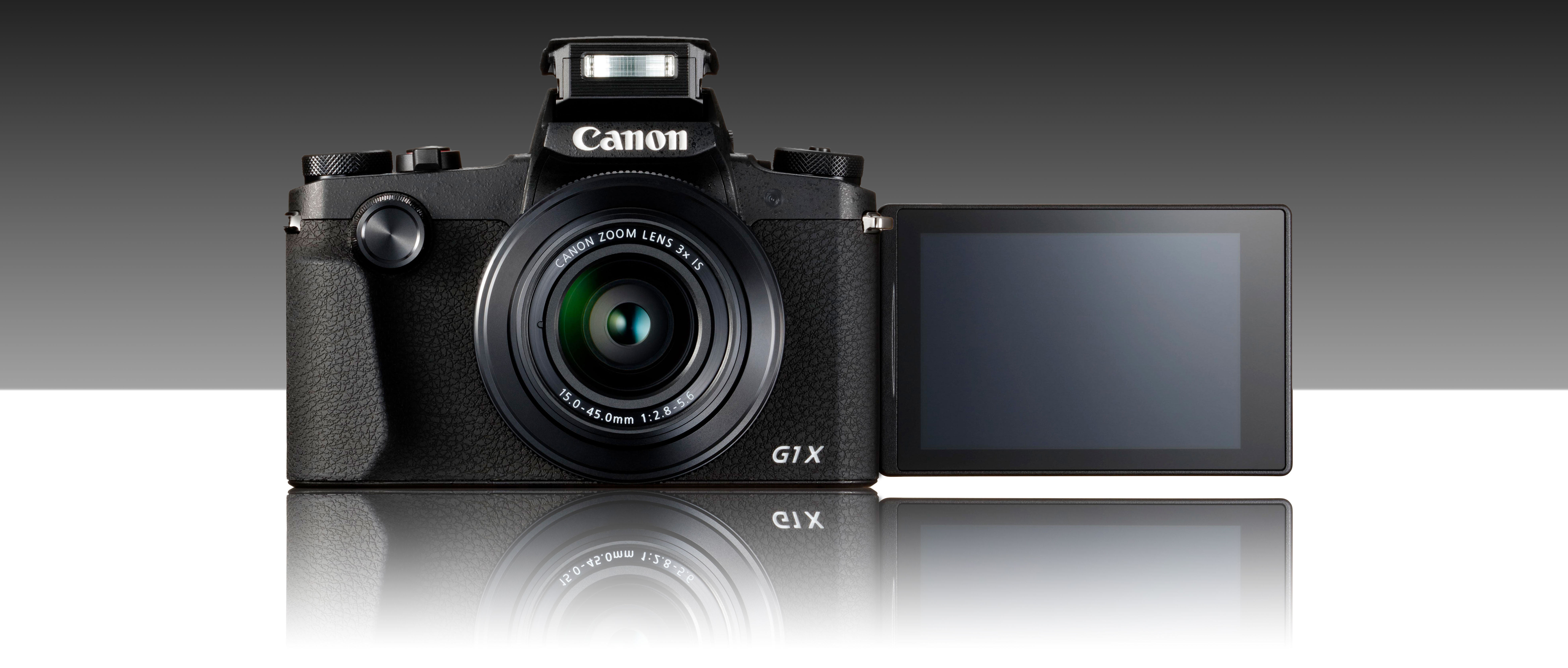Why you can trust Digital Camera World
Canon PowerShot G1 X III verdict
Great as it is, the image quality alone isn't enough to make the PowerShot G1 X Mark III stack up. It's forced a compromise in the lens design that you could accept in a DSLR or mirrorless camera's kit lens on account of being able to change lenses – but here, it’s not so easy.
This comparison with interchangeable-lens cameras is worth a closer look, because some of these are pretty small too – and generally cheaper too. Canon's own EOS M5 is perhaps not the best example because of its price and the size of its retractable 15-45mm kit lens, but the body isn't that much bigger than the PowerShot G1 X Mark III's and it doesn't cost any more.
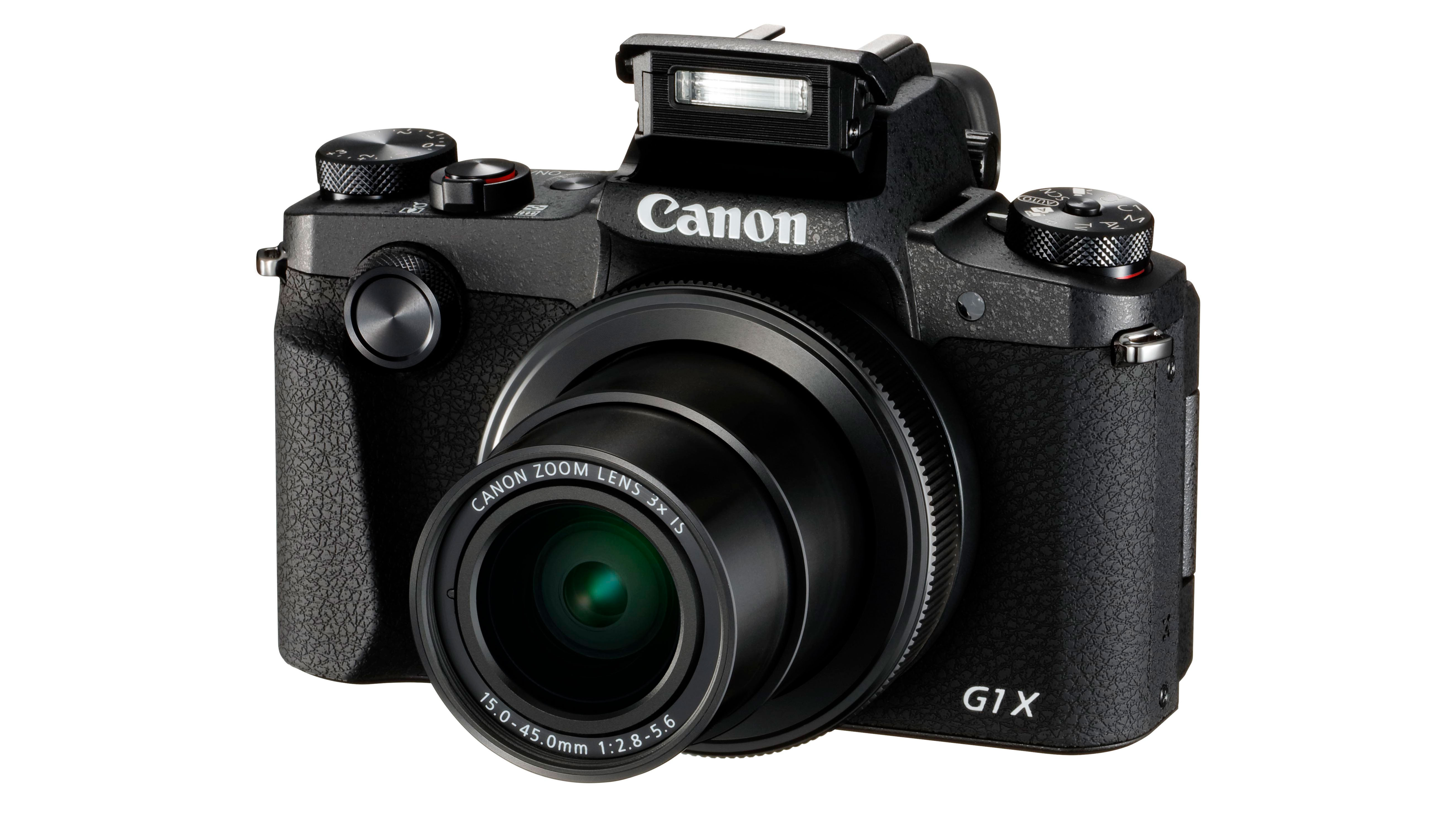
And then there's the Sony A6000 and 16-50mm f/3.5-5.6 OSS power zoom combination, now discounted to silly prices, or Olympus's super-cute OM-D E-M10 Mark III. True, it 'only' offers a Micro Four Thirds sensor, but it comes with a pocket-friendly super-slim 14-42mm pancake zoom, and it's cheaper. On top of that, it's a full system camera, with a range of lenses and accessories.
The Fujifilm X-T20 and Fujifilm X-E3 aren't very big either, although Fujifilm doesn't currently make any retracting zooms. Or what about the PowerShot G5 X? You have to accept a smaller 1in sensor, but that’s still good. It’s half the price and you get a 4.2x optical zoom, with a f/1.8-2.8 aperture range.
So, the PowerShot G1 X III might be king of the hill amongst fixed-lens compact cameras, but its price, if not its size, edges it close to direct competition with much more versatile compact mirrorless models.
It does, however, make sense as a second, carry-anywhere camera for EOS DSLR fans, or indeed any photographers who have an existing camera system that's too bulky to keep with them for casual everyday shots. It's a very delicate balance of cost, size and compromise that might be perfect for some photographers but completely wrong for others.
Canon PowerShot G1 X III competition
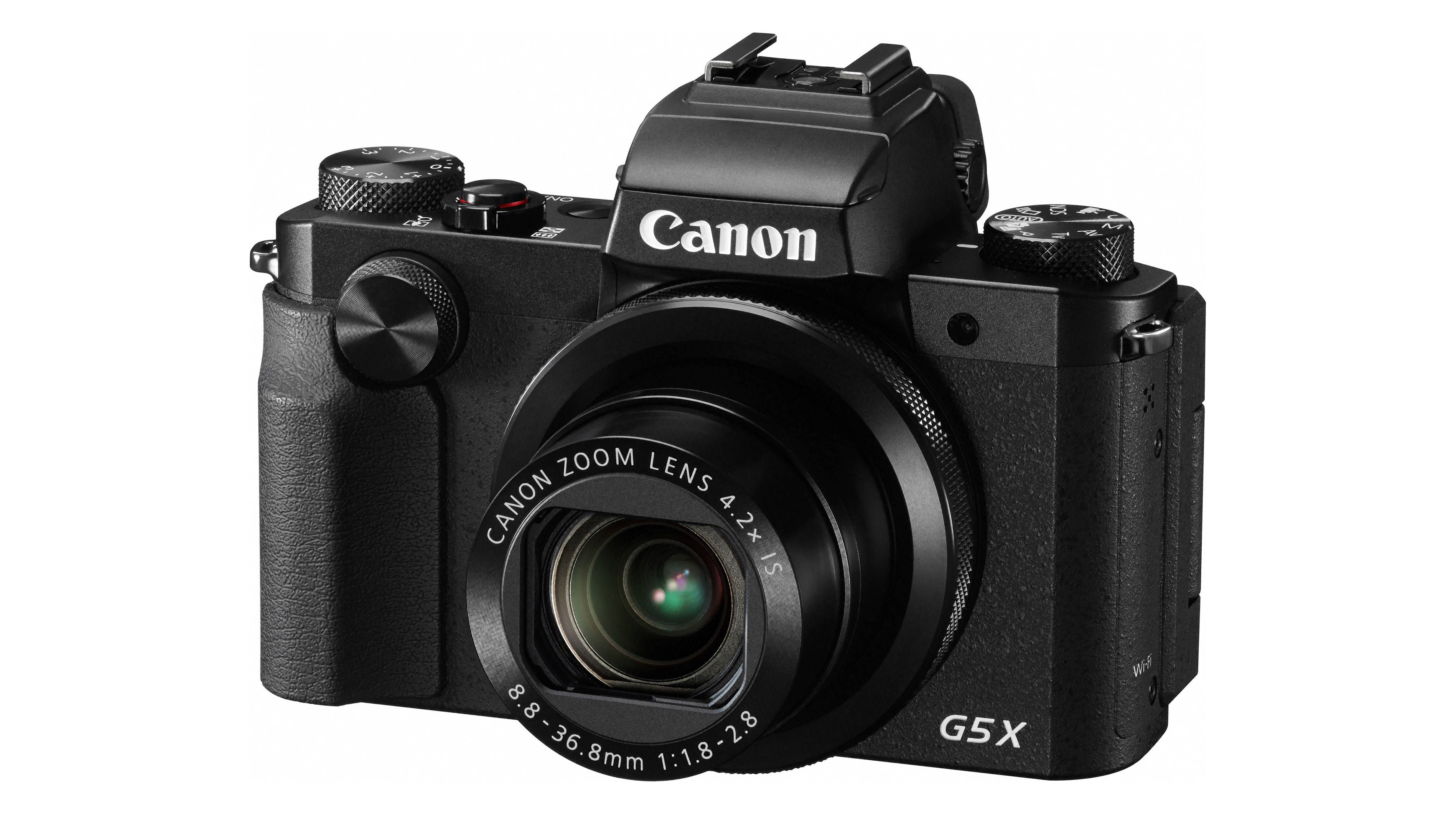
Canon PowerShot G5 X
The 1in sensor in the PowerShot G5 X is a good deal smaller than the one inside the PowerShot G1 X Mark III, but it’s still far larger than the ones found in typical compact cameras and smartphones, and still delivers good quality. More to the point, it allows a longer zoom, faster maximum aperture and a much lower price.
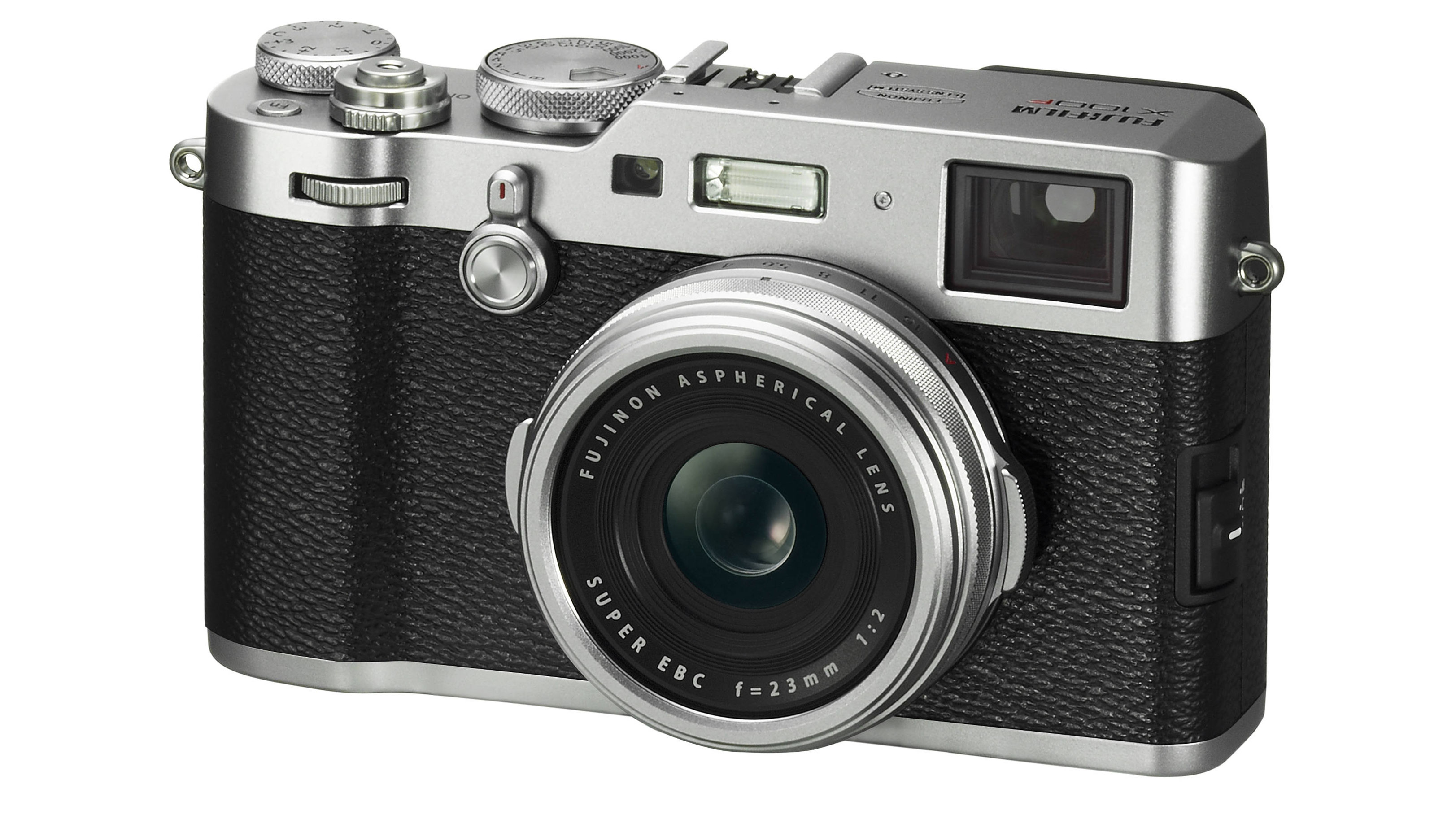
Fujifilm X100F
Somewhat big and clunky next to the PowerShot G1 X Mark III and has a fixed focal length lens, rather than a zoom. Even so, the retro styling, manual controls and Fujifilm image quality make it highly desirable. It has a hybrid optical/digital viewfinder and its 35mm-equivalent f/2.0 is a classic street photography lens.
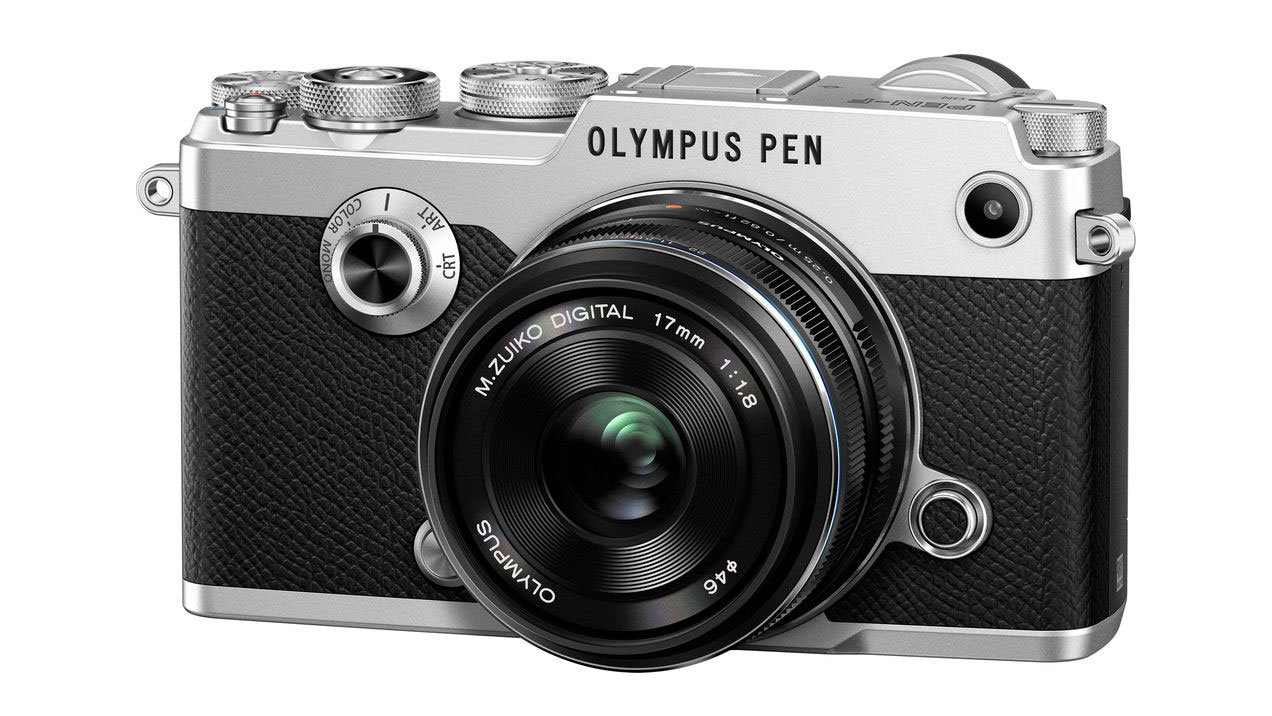
Olympus PEN-F
If you buy it with the Olympus 14-42mm pancake zoom, the PEN-F is not that much bigger than the PowerShot G1 X Mark III, and while it has a slightly smaller Micro Four Thirds sensor, it’s a full system camera with a wide range of lenses to choose from.
Canon PowerShot G1 X Mark III specifications
Sensor: 24.2MP APS-C Dual Pixel CMOS
Focal length conversion: 1.6x
Memory: 1x SD/SDHC/SDXC, UHS-I
Viewfinder: OLED EVF, 2.36 million dots
Max video resolution: Full HD 1080 at up to 60/50fps
ISO range: 100-25,600
Autofocus points: 49-point phase detection
Max burst: 9fps (24 JPEG, 19 Raw)
Screen: 3-inch vari-angle touchscreen, 1,040k dots
Shutter speeds: 30-1/2,000 sec, bulb
Weight: 399g (with battery and memory card)
Dimensions: 115.0 x 77.9 x 51.4mm
Power supply: NB-13L lithium-ion (supplied)

Rod is an independent photography journalist and editor, and a long-standing Digital Camera World contributor, having previously worked as DCW's Group Reviews editor. Before that he has been technique editor on N-Photo, Head of Testing for the photography division and Camera Channel editor on TechRadar, as well as contributing to many other publications. He has been writing about photography technique, photo editing and digital cameras since they first appeared, and before that began his career writing about film photography. He has used and reviewed practically every interchangeable lens camera launched in the past 20 years, from entry-level DSLRs to medium format cameras, together with lenses, tripods, gimbals, light meters, camera bags and more. Rod has his own camera gear blog at fotovolo.com but also writes about photo-editing applications and techniques at lifeafterphotoshop.com
